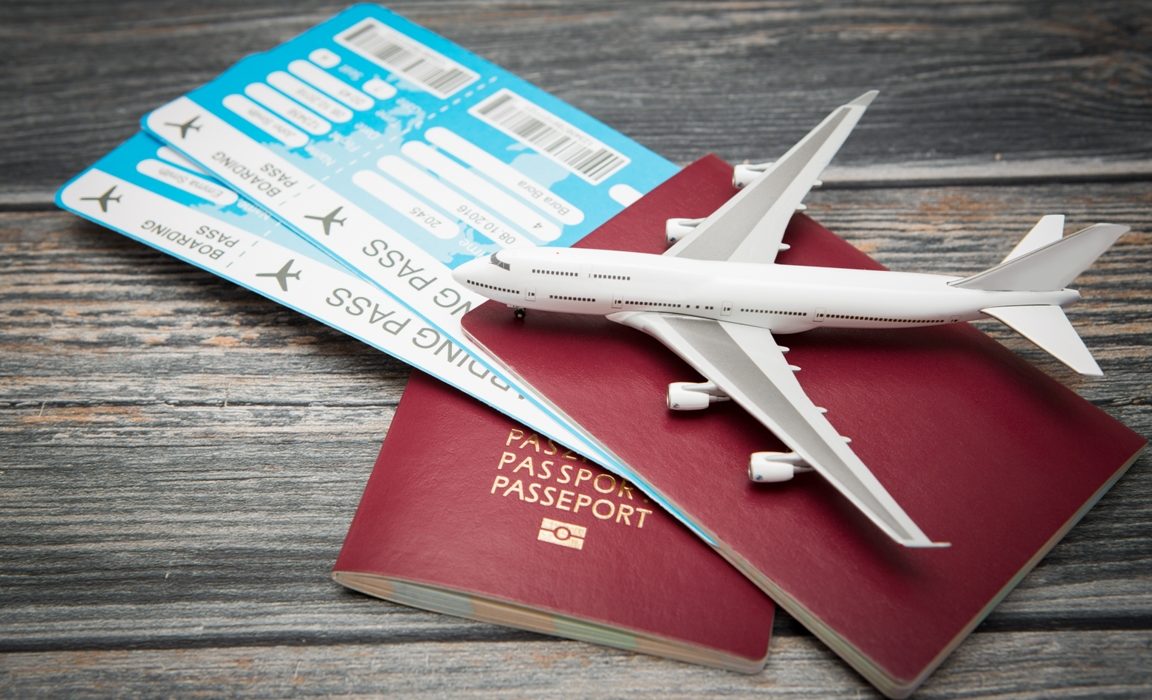Travel is an essential part of lots of people’s lives. Or so it was before the pandemic. However, this is one of the first things the coronavirus changed. It’s much more difficult to avoid infection’s spread with so many people traveling from one country to another, often intersecting other countries on the route. While everyone who could move on online business meetings instead of traveling abroad, there are cases when flying merely is unavoidable.
So, it’s essential for airports to have good safeguards against the virus. They have been working around the clock to make their facilities Covid-19 ready ever since the virus highlighted the need to minimize personal contact and enforce social distancing. That has meant switching to touch-free operations, though, while also ensuring that passengers have a seamless end-to-end journey.
Fortunately, aviation companies have been invested in implementing touchless technology for several years now. The pandemic only pressured them to accelerate their adoption.
Avinor, which operates 44 state-owned Norwegian airports, partnered with travel technology company Amadeus. The two companies launched an end-to-end touchless travel program across four airports earlier in July.
The solution encompasses check-in and baggage drop, along with security and boarding. It relies on Amadeus’s cloud-based passenger handling platform while encouraging people to use their phone as a boarding pass throughout the airports.
Iyad Hindiyeh, Amadeus Airport IT global head of strategy, stated that when they initially moved to the cloud back in 2015, they were doing something no one else was. However, now other airports are adopting that technology.
Nobody had coronavirus in mind or the complexity it would have had. However, our solutions are helping airports gain passengers’ trust in the fact that their processes are safer and more secure than before – Hindiye.
How does the touchless technology work at airports?

Biometric technology is playing a crucial role in enabling touch-free operations in Airports. Dubai International Airport recently introduced a “smart tunnel” at immigration control. It uses facial recognition to speed up queues.
Companies like Vision-Box further amplify this concept. Vision-Box is using biometrics to eliminate manual and face-to-face operations at e-gates, as well as several airport touchpoints.
Meanwhile, the International Air Transport Association (IATA) and air transport technology giant SITA are developing similar biometric-based passenger processing solutions. Both IATA’s One ID and SITA’s Smart Path are bidding to use face scans as potential replacements to boarding passes and passports, thus trying to make a traveler’s journey throughout the airport entirely touchless.
Coronavirus is also making airport operations more smartphone-centric. Currently, many airlines are relying on apps to communicate with their clients, informing them about the status of their luggage and alerting them when it’s time to board.
Phones are a key feature of Amadeus’s contactless operations in Norway. The company encourages passengers to use their mobiles as a boarding pass and coupon to print the bag tag. Thus, it altogether removes the need for passengers to touch digital kiosks and similar surfaces.
Restaurants and retailers are using mobiles to avoid table service and contact with staff as well. Restaurants at Seattle-Tacoma International Airport have already adopted the Grab app. It allows users to scan a QR code and order online.
















